It would appear that you have two competing concepts in your architecture.
Amazon SQS and AWS Lambda
When an Amazon SQS queue is configured as a trigger to an AWS Lambda function, the AWS service polls the SQS queue looking for messages. When message(s) are found, the Lambda function is invoked, with the messages being passed to the function via the event variable.
The Lambda function can then process those messages, reading the detail of the messages from the event variable.
If the Lambda function completes without error, the AWS service will automatically delete the messages from the SQS queue. If there was an error in the function, the messages will automatically reappear on the SQS queue after the invisibility period has expired.
At no time does the AWS Lambda function actually call the Amazon SQS service to receive or delete messages. Rather, it is given the messages when it is invoked.
SQS Poller
You mention that you are using an sqs-poller class. I'm not sure whether you are referring to Receiving Messages Using the QueuePoller Class in Amazon SQS - AWS SDK for Ruby or @jishimi/sqs-poller - npm.
Nonetheless, polling is a traditional way that worker processes retrieve messages from an SQS queue, and then delete the messages after they are processed. The process is:
- They ask check whether there are messages available in the SQS queue
- If so, they invoke a worker
- When the worker is finished, they delete the message
You should notice that these are the same steps that the AWS Lambda service does when SQS is configured as a trigger for an AWS Lambda function. Therefore, using a polling architecture is incompatible with using SQS as a trigger for an AWS Lambda function.
You should pick one or the other, not both.



